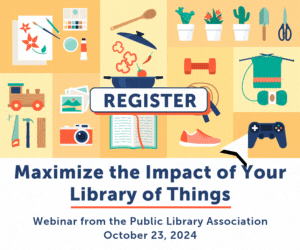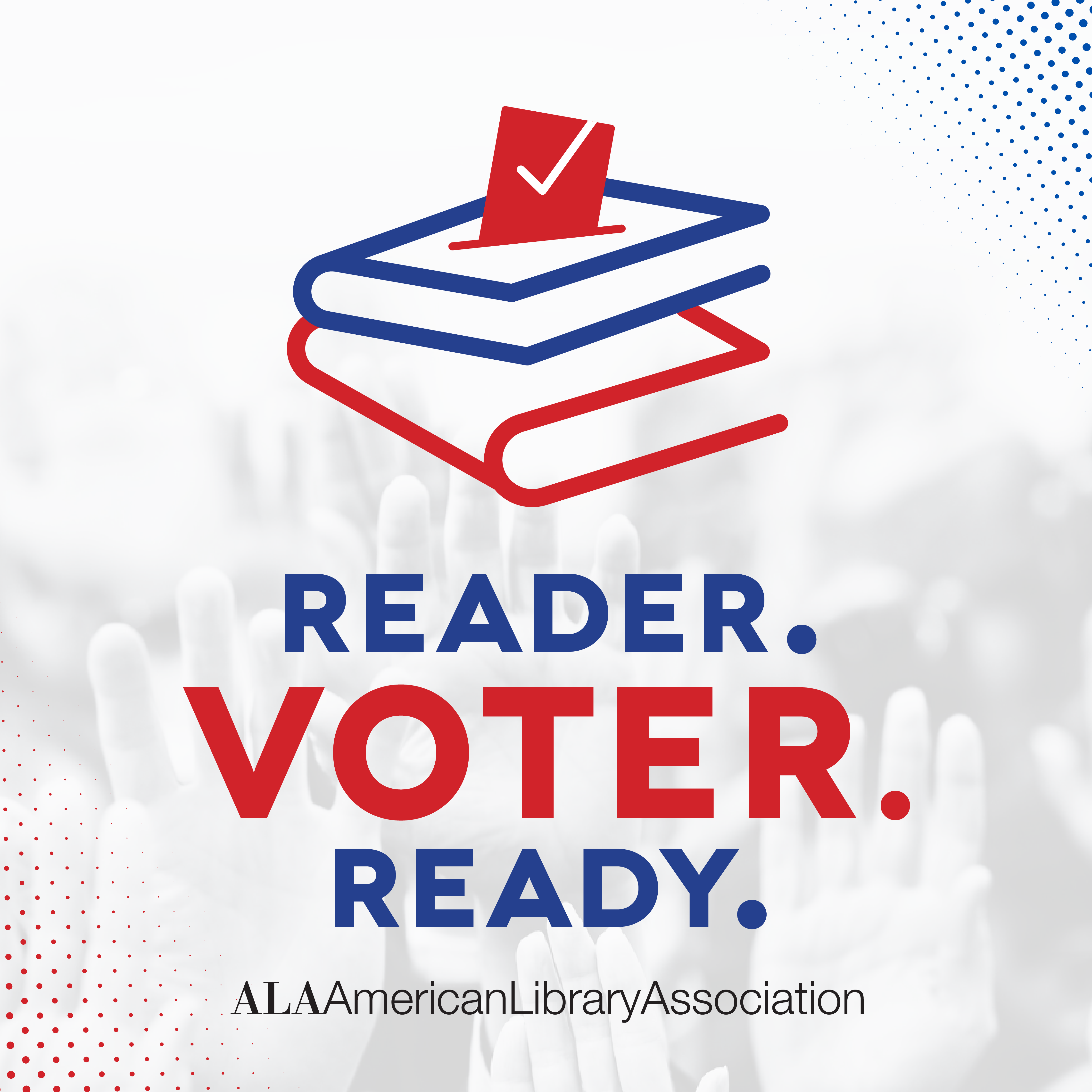A Quick Look at CLA Conference

It’s been a few weeks since the California Library Association (CLA) conference (November 3-5, 2013) and I’ve finally managed to turn my notes into a blog post. Overall it was a wonderful experience that I am thankful I got to be a part of. Unfortunately, I don’t have a Time Turner so I couldn’t make it to all of the interesting sessions CLA had to offer but what I do have for you lovely readers is a breakdown of the sessions I did attend. I hope you enjoy your vicarious attendance.
Keynote Speaker Henry Rollins
Henry Rollins was an amazing speaker with so much to say it’s hard to get it all down. On top of being a musician and actor, he is a librarian in his own right. An avid reader and advocate of libraries, Rollins grew up in D.C. reading books from the public library where he says he felt like a grownup for the first time. Upon moving to California and joining the burgeoning punk music scene, he began to collect show posters, original art, sheet music, and original vinyls to create what is now a huge music library. Rollins has traveled the globe finding records of all types of music and adding them to his collection. Rollins is also a huge history buff; he was featured in the documentary television show “Ten Things You Didn’t Know: Presidential Assassinations.” He talked about how amazing it was that he got to see actual items from Lincoln’s assassination while on a visit in the White House. Rollins’ enthusiasm was infectious and he kept the audience interested and laughing throughout his speech. I can’t find footage of the speech from CLA but I highly encourage everyone to watch some of his other videos about history, libraries, and the education of our children.
Make Some Noise- What kind of Noise are YOU making? Engaging, Embracing, and Practicing Diversity
Presenters Beth Wrenn-Estes, Arglenda Friday, Sophia Duran, and Sharon Tani (with special guest Patty Wong who, unfortunately, could not be there in person, thoughBeth Wrenn-Estes presented the information in her place) each offered short presentations about how to recognize, assess, and improve diversity in their respective libraries. Arglenda Friday discussed Collection Management Services and their part in diversification. She suggested altering existing programs to be more diverse instead of creating new ones in hopes of not draining programming budgets. She also suggested getting out into your community and seeing who is really there: peruse barbershops and salons, churches, big box stores, etc. By getting to know the demographics in your community, you can more effectively serve the populations there.
A consensus that ran through each presentation was that diversity needs a broad definition; not only is it about racial representation but also sexual identity, dis/ability, residential status, religious affiliation, and other potential markers of minorities. Friday vehemently advised session-goers to translate the word “free” to as many different languages that exist in your community in hopes of bringing those people into the library. Patty Wong’s vicarious presentation was on the six most common diversity opportunities on a library setting. 1) Strength-based staffing model that embraces the inclusion of the diversity of all staff members. 2) Staff should be cross-trained on jobs and given partners and projects and any languages they speak should be exploited for the benefit of the patrons. 3) Sustainability should come in staff/student internships with budgets accurately reflecting wiggle-room for those internship opportunities. 4) Your mission and/or vision statements should include progressive diversification. Get out and talk to your community to see what the library isn’t doing for them and decide how best to change that. 5) Every staff member has the opportunity to be a leader. Discuss and offer grants and scholarships with young library staff and allow them opportunities to take the lead in projects. 6) Turn a challenge into an opportunity. Offer things like youth-specific library cards, gender neutral library cards, and take book-challenges and strict budgets and find ways to turn them into creative, educational processes. Sophia Duran’s presentation focused on dis/abled patrons in your library and how you can best assist them. She suggested there be some staff with knowledge of American Sign Language (ASL) and that libraries offer Kurzweil products such as descriptive audio movies, closed captioning, and Braille books. Not all patrons with disabilities are obvious and as library staff, we should be accommodating to the best of our ability. Sharon Tani focused her presentation on the new Adaptive Learning Technology used at Le Cordon Bleu to customize curriculum based on each student and adapt to his or her specific learning needs. While not all teaching methods are efficient for everyone, each person learns individually and that’s something that could be adapted into OPACs and patron accounts. Such technology could act much like Amazon.com in that when it recognizes a patron’s reading habits, it can make recommendations. For more information, the PowerPoint used at this session is located here
Comic Book Petting Zoo: Best Graphic Novels of 2013:
Presenters Jack Baur and Amanda Jacobs Foust presented their top picks for graphic novels at this program:
I don’t know if I can do their fun, enthusiastic booktalks justice but I can say each and every title they presented was something I would want to read at least once. I went back to work the next day and put in a request for each of the ones we didn’t have. Check them out at inthelibrarywithacomicbook.tumblr.com.
A Conversation about eBooks: An Inclusive Critique of eBook Service Models, Vendors, and Publishers
This diverse group of presenters covered the range of topics under the eBook umbrella from eComics to self-publishing. Mark Coker, the genius behind Smashwords, discussed going from a number of publishing rejections to creating his own eBook publishing company that now partners with libraries and has allowed thousands to self-publish their own works. He said that while self-publishing has a negative connotation; he believes that stigma is dated and that self-publishing is the way of the future. Other distributors such as Inky, Califa, Axis360, and TumblrBooks were all also mentioned and I’d recommend looking into each one of them to see if they’re the right distributor for your library.
Off About Teen Lit: What’s New and What’s Next?
Possibly the most enthusiastic presentation of the weekend, these three librarians definitely knew their teen lit. Randee Bybee, Courtney Saldana, and Allison Tran all booktalked their favorite YA novels of 2013 and discussed emerging trends they see in YA books. To start off with, they recommended teenreads.com, foreverya.com, yalit.com, and the YALSA app to keep your finger on the pulse of YA lit. Some of the books they talked about were The Infinite Moment of Us by Lauren Myracle, The Naturals by Lynn Barnes, Hideous Love by Stephanie Hemphill, and White Space by Ilsa Bick. Some of the emerging trends in YA lit they noticed were mental health, genetic engineering, serial killers, horror (in general) and Russia/the USSR.
By Any Means Necessary: Who’s Not in the Library?
This might have been the most inspirational session I attended. It began with the panelists asking us whom we do and do not see in the library. After an eye-opening glance at whom we weren’t serving (those with high fees, people who disrupt the library/drunks/vagrants, the homeless, veterans, foster youth, people who can’t access the library, business men, etc) we asked ourselves how we could bring those people into the library. The room broke into groups and each group chose a demographic and brainstormed on how best to serve these people. The group I was in came up with incarcerated youth (my idea). Since they’re incarcerated, they need a library to come to them. We decided they needed people to listen and care about them, they should learn that reading can be fun and that libraries aren’t always about books. Two of the members in my group were librarians at correctional facilities so they had interesting insight to offer about what it’s like inside of a prison. There are so many services libraries can provide for incarcerated teens and although there’s a lot of bureaucratic red tape, we have the power to turn these kids into lifetime patrons.
Tags: CLA conference









